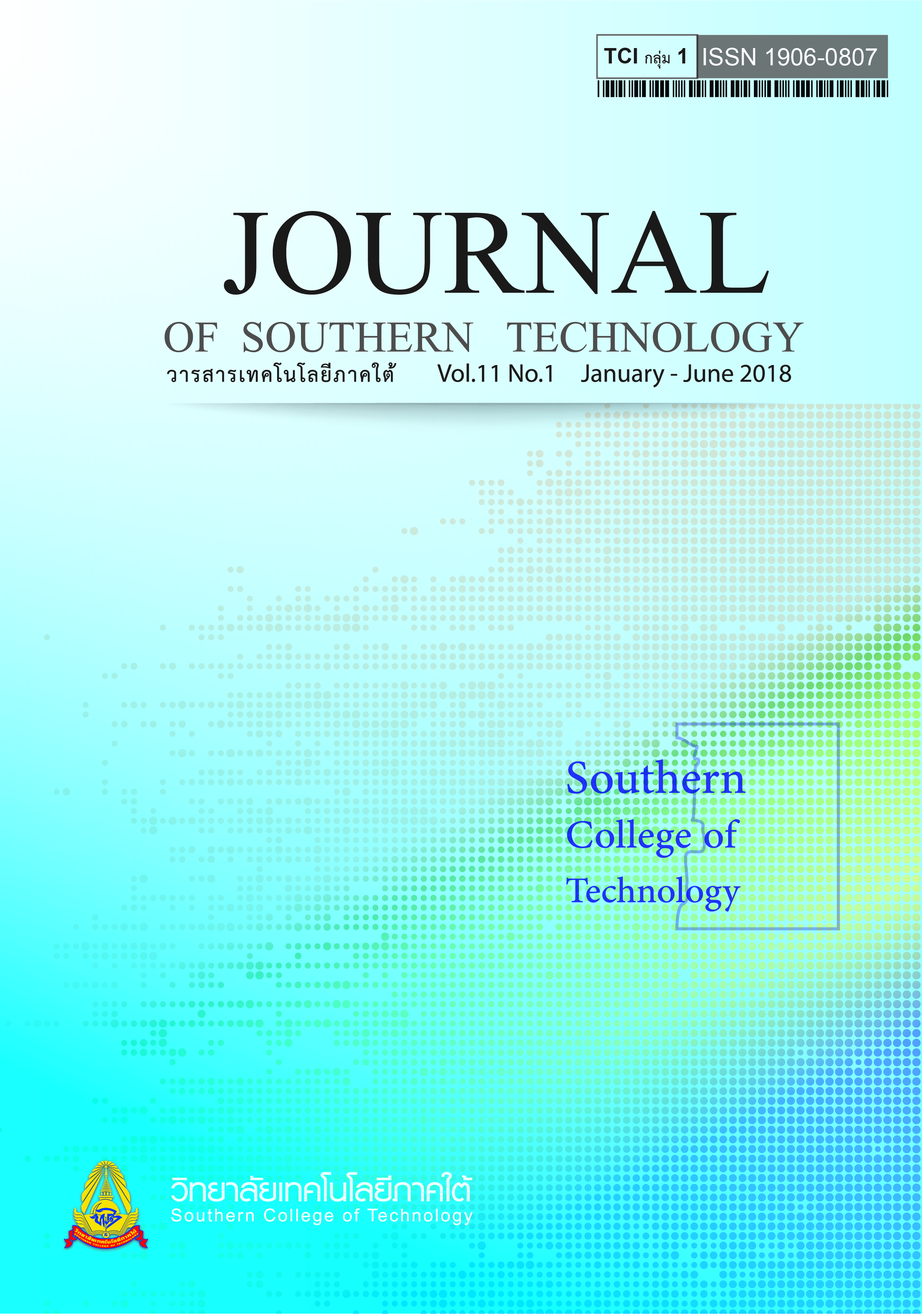Model of Thai Traditional Medicine Health Care Service in Primary Health Care Center Case study: Trang Province
Main Article Content
Abstract
This descriptive study aimed to identify ways to provide healthcare using Thai traditional medicine in Primary Health Care Center in Trang province, Thailand, including current practice and future requirement. Data were collected using questionnaire from service providers comprising 54 hospital administrators and 64 medical practitioners, from Health Care Center in Trang province, together with focus group discussion among the local health care leader with service users comprising 12 health volunteers and 12 sub-district National Health Security committee members which selected from 10 districts in Trang province by simple random sampling.
The study indicated that way to provide health care using Thai traditional medicine in Primary Health Care Center in Trang province should include four aspects of health care were reported: (1) Therapy: items included facility-based service, off-site service, and management of chronic disease comprising, in order of importance, the use of Thai traditional medicine, Thai traditional massage, diagnosis by Thai traditional doctor, the use of Thai traditional medicine for chronic disease and consumption of food as medicine; (2) Health promotion: Health services in respective order are the elderly, health education and development health behavior, health promotion and health promotion in temples, school-children’s health and school health promotion through appropriate age-related nutrition, family clinical practice and family planning, mother and child health, loving family relationship and overall mental health; 3) Disease prevention: Thai traditional healthcare service comprising, in respective order, prevention of non-communicable and chronic disease and occupational health; and 4) Rehabilitation: home-health care, care of the disabled via advisory service on nutrition, exercise, self-care, information for relatives of the disabled, Thai traditional massage and Thai herbal compress.
In conclusion, the appropriate provision of Thai traditional healthcare in sub-district health-promoting hospitals in Trang province should comprise 4 aspects according to the readiness of the hospital, the available health personnel, and the needs of the community. Nevertheless, the provision of certain forms of service are less important, for instance, the use of decoctions, off-site steaming of herbs, manipulation of fetal position, sitting over charcoal, and herbal bathing in the mother and child health clinic.
Article Details
-
Authors must agree to the journal publication rules and allow the editors to edit the manuscripts for publication.
-
Author’s right belongs to the author but Journal of Southern Technology holds the right of first publication and thus allow readers to use the article for the purpose of education but not commercial.
References
Issarata, Th., & Legsakunchai, O. (2013). The Efficacy of the Thai Massage in relieving low back pain among pregnant women in the third trimester. Journal of Thai Traditional & Alternative Medicine, 11(2), 145-151. [in Thai]
Jamjan, L. (2014). Thai traditional medicine for postnatal mother in the community of central region. Journal of the Royal Thai Army Nurse, 15(2), 195-202
Limsila, B., (2008). Essential factors in the successful management of an alternative medicine service in the Damnoernsaduak hospital, Ratchaburi Province. Journal of Thai Traditional & Alternative Medicine, 5(1), 62-65. [in Thai]
National Strategy for Development of Traditional Thai Medicinal Intelligence, volume 2 (2012-2016). Retrieved December 3, 2013, from https://www.thaihof.org/sites/default /file/download/aephnyuththsaastrchaati_chbabthii_2-2.pdf [In Thai]
National Strategic Plan on Hygiene into Action Plan of 2017. Retrieved December 22, 2016. from, https://www.dtam.moph.go.th /images /document/strategy_2560. pdf. [in Thai]
Niyomsi, T. (2012). Factors affecting the development of successful Thai traditional medicine service model at state health-care facilities. Journal of Thai Traditional & Alternative Medicine, 10(3), 187-197. [in Thai]
Pithaksa, P. (2012). The association between Thai traditional medicine dhammanamai health promotion program and quality of life in diabetes patients in Kantharalak District, Si Sa Ket Province. Journal of Thai Traditional & Alternative Medicine, 10(1), 43-51. [in Thai]
Samritpiam, T. (2009). Thai Traditional Medicines Service Development at Tambon Khao Phra Ngam Health Center in Amphoe Mueang, Changwat Lopburi. M.P.H. Thesis. Mahasarakham University. [In Thai]
Songpanich, M., et al., (2008). Integrated health care service in public hospital in future. Journal of Complementary and Alternative Medicine, 1(1), 46-57 [in Thai]
Stienrut, P., Aungsusing, K., Rakkwamsuk, Ph., & Punnawittayapun, N. (2013). Guidelines of Thai Traditional Services in Primary Health Care Centers (Revision). Bangkok: The War Veterans Organization of Thailand Printing Under Royal Patronage of His Majesty the King. [In Thai]
Suppawong, Ch., Chunharassamee, S., Siriluk, S., Dumrikanlert, L., & Srivanitchakorn, S. (2009). Guidelines of Services in Primary Health Care Centers. Bangkok: The War Veterans Organization of Thailand Printing Under Royal Patronage of His Majesty the King. [In Thai]
Trang Public Health Office. (2016). Provincial KPI Results Report. [in Thai]

